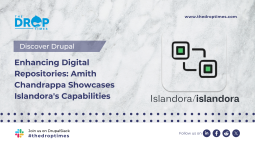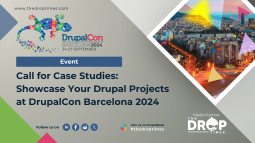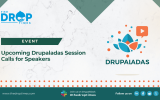Green IT Practices with Drupal: Navigating Digital Sobriety for Sustainable Web Development
The recent blog post on Adimeo authored by Adam Carton de Wiart sheds light on the integration of Green IT practices within the Drupal CMS. It addresses the pressing concern in the web development community to craft energy-efficient and environmentally friendly websites, emphasizing the concept of digital sobriety.
The piece delves into specific criteria and benchmarks crucial for evaluating the environmental impact of digital projects. Practical tools, including the Green IT Association's framework, ecoindex.fr, and the General Framework for the Ecodesign of Digital Services (RGESN), are highlighted for assessing webpage weight, complexity, and the number of requests.
The blog explores four key levers essential for achieving Green IT within the Drupal CMS:
- limiting page complexity,
- optimizing page weight,
- reducing the number of requests, and
- minimizing server requests.
It outlines concrete actions within Drupal to address these levers, encompassing strategies to
- restrict HTML generation,
- implement advanced image management and
- use CSS and JavaScript judiciously.
The narrative underscores the significance of vigilance in default HTML generation and cautions against the excessive utilization of contributed modules, emphasizing the need for a balanced reliance on quality modules.
Overall, the article asserts that Drupal's integrated tools and flexibility create an environment conducive to digital sobriety, positioning Drupal developers as pivotal contributors to the environmental sustainability of the web. Read more here.
Disclaimer: The opinions expressed in this story do not necessarily represent that of TheDropTimes. We regularly share third-party blog posts that feature Drupal in good faith. TDT recommends Reader's discretion while consuming such content, as the veracity/authenticity of the story depends on the blogger and their motives.
Note: The vision of this web portal is to help promote news and stories around the Drupal community and promote and celebrate the people and organizations in the community. We strive to create and distribute our content based on these content policy. If you see any omission/variation on this please let us know in the comments below and we will try to address the issue as best we can.

























